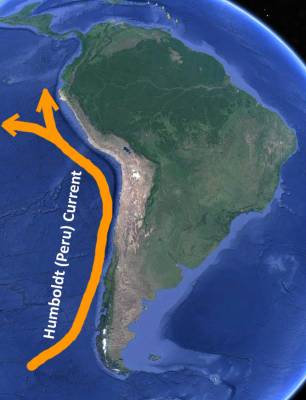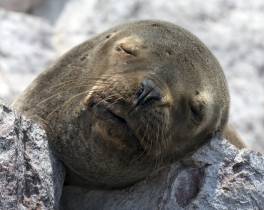Chile in Hot Water?
A recent journey, along the Humboldt Current, brought home to me, just how little is really known about species distribution in one of the world’s most important biodiversity rich areas. As the frigid waters of the Humboldt power north, along the immense coastal fringes of Chile and then on to Peru, they are loaded with a maelstrom of nutrients that get dragged from the depths of the ocean abyss, up the continental slope and into the sunlit surface waters. This mechanism is the engine for a food production process that has few equals anywhere else on the planet. As a result, the Pacific Ocean in this region seemingly brims with fish, fish-eating birds and marine mammals. Even so the total number predatory animals exploiting the Humboldt Cur...
Continue reading
Last modified on



